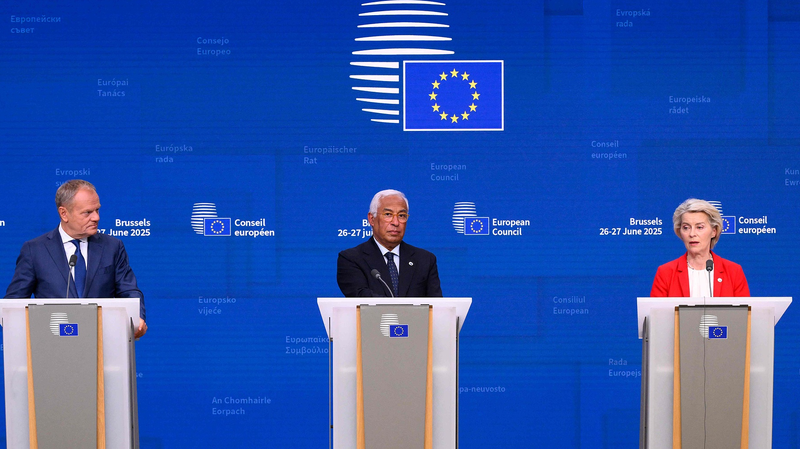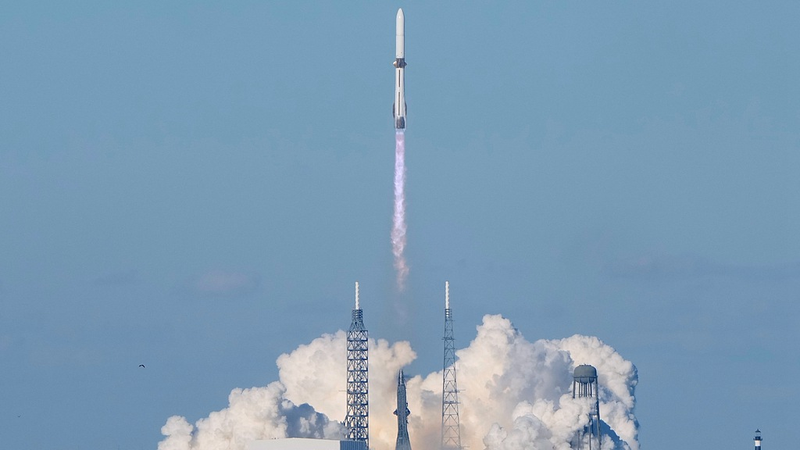Clock is ticking for EU leaders to greenlight a new US trade deal before the tariff reprieve ends on July 9. At a high-stakes summit in Brussels, Commission President Ursula von der Leyen signaled that while the EU is "ready for a deal," "all options remain on the table" — including a no-agreement scenario that could see tariffs soar from 10% to 50% on cars, and 25% on auto parts.
German Chancellor Friedrich Merz pushed for a "quick and simple" agreement to protect European exporters — from $260 billion in auto shipments to a €50 billion pharma sector — warning that complex deals risk missing the deadline. By contrast, French President Emmanuel Macron urged caution, insisting any pact must be balanced. "Our goodwill should not be seen as a weakness," he said, arguing that if US baseline rates stay at 10%, Europe's response must have equal impact.
For startups and tech giants, the talks go beyond steel and cars. The EU's threat to tax digital advertising could reshape the playing field for US platforms such as Google, Meta, Apple, X and Microsoft — tapping into the $107 billion services surplus the US enjoys with the bloc. These "digital levies" illustrate how trade diplomacy now spans manufacturing and bytes alike.
Behind the scenes, EU members are also exploring fresh trade frameworks in the Asia-Pacific. Ideas under discussion include streamlined dispute-resolution mechanisms to modernize an often-stalled World Trade Organization. While early, this vision could pave the way for deeper ties with emerging markets — from green-tech innovators to sustainable tourism hubs.
As negotiators review a "two-pager, principle agreement" delivered by Washington, all sides are braced for three possible outcomes:
- A fast-track deal locking in current tariff rates.
- A delayed but more comprehensive bargain with balanced concessions.
- A no-deal scenario, triggering higher duties and countermeasures on up to €95 billion in US imports.
For young entrepreneurs, global citizens and digital nomads, the result will ripple across supply chains, investment flows and travel costs — from the price of a new electric car to roaming charges on Southeast Asian adventures.
With just weeks to map a path forward, EU leaders must decide: prioritize speed to spare exporters, or hold out for a deeper, fairer agreement that could reshape global trade norms for years to come.
Reference(s):
EU leaders discuss new U.S. trade proposal as deal clock ticks down
cgtn.com




